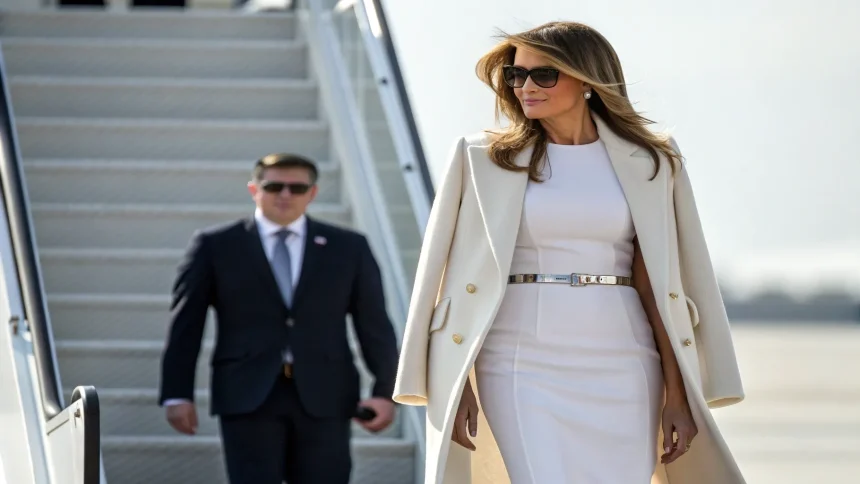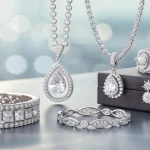Former First Lady Melania Trump continues to attract significant media attention for her wardrobe selections, maintaining a tradition of public fascination with presidential spouses’ fashion choices that spans decades of American history.
As with her predecessors, Mrs. Trump’s clothing selections have become subject to regular analysis by fashion critics, political commentators, and the general public. This scrutiny follows a well-established pattern of interest in first ladies’ appearances that has been a constant feature of American political culture.
The First Lady Fashion Phenomenon
The intense focus on Melania Trump’s wardrobe choices continues a long-standing American tradition. From Jacqueline Kennedy’s pillbox hats to Michelle Obama’s sleeveless dresses, first ladies’ fashion has historically attracted outsized attention compared to their male counterparts.
Fashion experts note that this scrutiny stems from the unique position first ladies occupy – they hold no elected office yet represent the nation alongside the president. Their clothing choices often become symbolic statements interpreted through political, cultural, and social lenses.
Mrs. Trump, with her background in modeling, brought a distinctive style to the White House that frequently incorporated European designers and high-fashion elements. Her selections sometimes sparked controversy, as with the infamous “I Really Don’t Care, Do U?” jacket worn during a 2018 visit to a migrant children’s shelter.
The Politics of First Lady Fashion
The analysis of Melania Trump’s wardrobe extends beyond mere style commentary. Fashion historians point out that first ladies’ clothing choices have long been viewed as extensions of their husbands’ administrations and personal politics.
“First ladies’ fashion choices are never just about clothes,” explains presidential historian Catherine Allgor. “They communicate values, priorities, and sometimes even policy positions.”
This phenomenon creates a double standard that presidential spouses must navigate. While presidents are rarely judged on their appearance with such intensity, their wives face constant evaluation based on hemlines, color choices, and designer selections.
Some key aspects of this ongoing scrutiny include:
- Designer selection (American vs. foreign)
- Cost and accessibility of clothing
- Appropriateness for specific occasions
- Symbolic messaging through fashion choices
Beyond the White House
Even after leaving the White House, Melania Trump’s fashion choices continue to draw media attention. This ongoing interest highlights how the role of first lady creates a permanent public persona that extends beyond their time in Washington.
Social media has amplified this scrutiny, creating instant feedback loops whenever Mrs. Trump makes public appearances. Fashion blogs, news sites, and social platforms quickly analyze and dissect her outfits, often generating heated debates about their meaning and appropriateness.
Critics of this phenomenon argue that the intense focus on first ladies’ appearance distracts from their substantive work and reinforces gender stereotypes. Defenders suggest that fashion represents a legitimate form of communication and self-expression for women in public roles.
As future first ladies and potentially first gentlemen take on the role, the question remains whether this tradition of fashion analysis will evolve or persist in its current form. For now, Melania Trump, like her predecessors, remains subject to a level of style scrutiny that few public figures experience.









